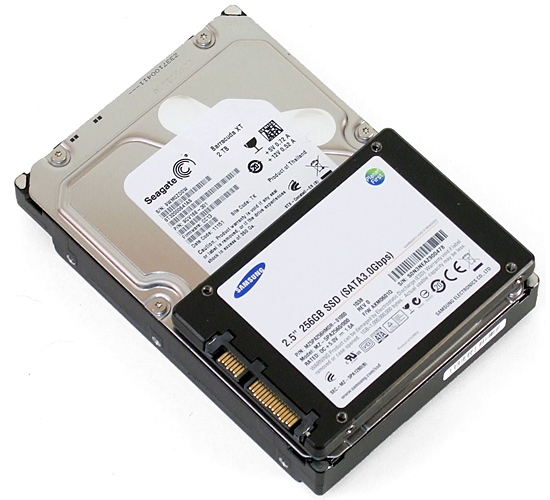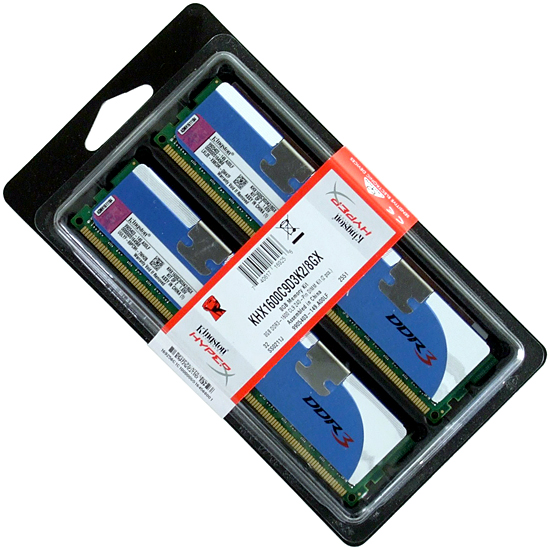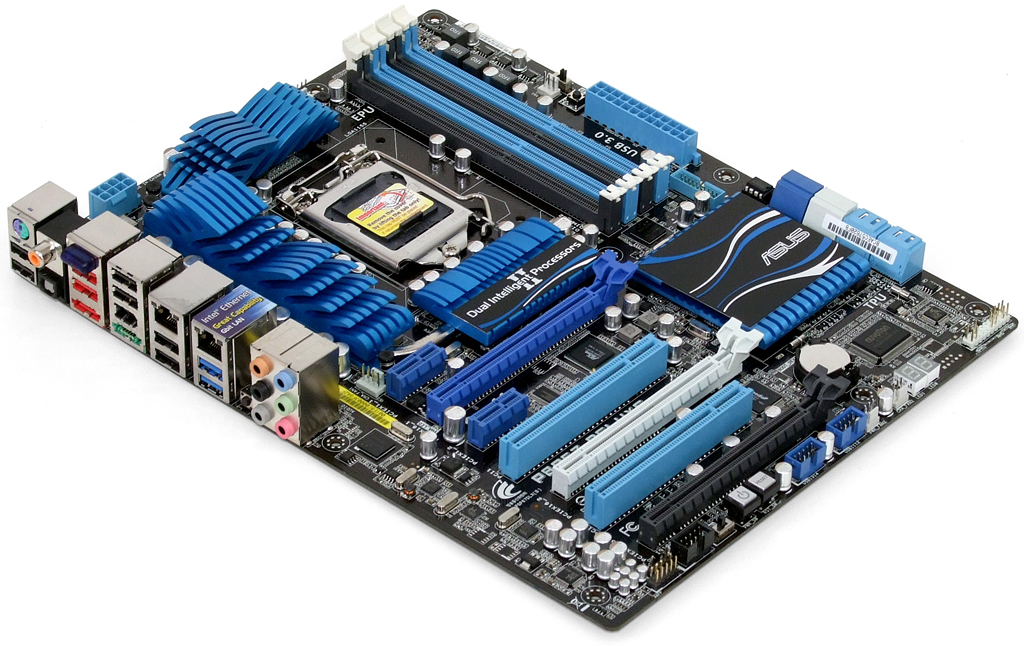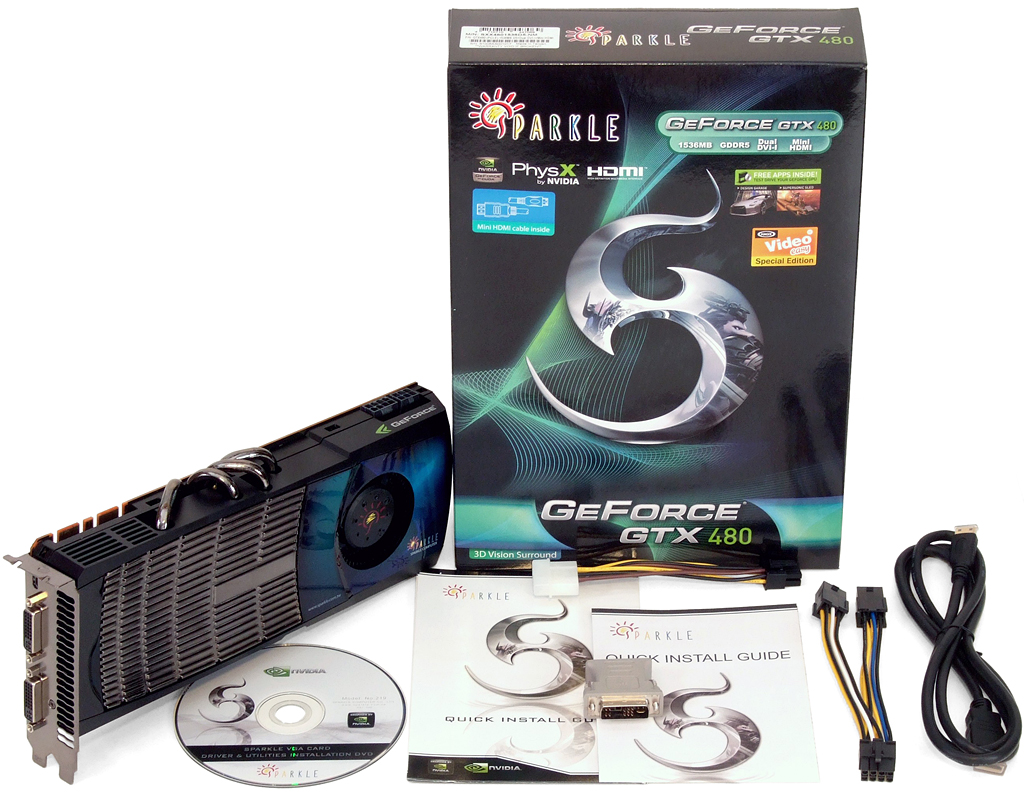Six Low-Noise, Performance-Oriented Cases, Tested
We recently illustrated the features of our six low-noise cases, and today we get to find out how those features help them perform. We provide further detail on the hardware installation process before delving into heat and noise comparisons.
Test System Configuration
| Test System Configuration | |
|---|---|
| CPU | Intel Core i7-2600K (Sandy Bridge) 3.40 GHz, 8 MB L3 Cache O/C to 4.50 GHz (45 x 100 MHz), 1.35 V |
| CPU Cooler | Thermalright MUX-120 w/Zalman ZM-STG1 Paste |
| Motherboard | Asus P8P67 Deluxe, P67 Express IPCH, BIOS 1502 (03/02/2011) |
| RAM | Kingston KHX1600C9D3K2/8GX (8 GB) DDR3-1600 CAS 9-9-9-27 |
| Graphics | Nvidia GeForce GTX 480 1.5 GB 700 MHz GPU, GDDR5-3696 |
| Hard Drives | Seagate Barracuda XT 2 TB, 7200 RPM, 64 MB CacheSamsung 470 Series MZ5PA256HMDR, 256 GB SSD |
| Sound | Integrated HD Audio |
| Network | Integrated Gigabit Networking |
| Power | Seasonic X760 SS-760KM ATX12V v2.3, EPS12V, 80 PLUS Gold |
| Software | |
| OS | Microsoft Windows 7 Ultimate x64 |
| Graphics | Nvidia GeForce 270.61 WHQL |
| Chipset | Intel INF 9.2.0.1019 |
Performance users usually prefer SSDs for their OS and frequently-used programs, yet those SSDs are rarely large enough to store all of the files a user wants to have on-hand. We added Seagate’s 2 TB Barracuda XT to Samsung’s 470-series 256 GB drive to address both performance and capacity needs.
Because Antec’s 2.5” mount was located in a manner that prevented any cable connection to the SSD, we were forced to load software on the slower HDD in today’s test.
Kingston’s 8 GB DDR3-1600 CAS 9 kit provides adequate performance and good value among high-density modules.
Asus' P8P67 Deluxe holds our Core i7-2600K processor stable at 4.5 GHz, even under less-than-ideal thermal conditions.
Nvidia’s GeForce GTX 480 supplies the two things a case review needs in mass quantity: heat and noise. Sparkle was kind enough to supply a sample.
| Benchmark Configuration | |
|---|---|
| Prime95 v25.8 | 64-bit executable, Small FFTs, seven-threads |
| FurMark 1.6.5 | Windowed Mode, 1920x1080, 4x AA, Stability Test Maximum temperature |
| RealTemp 3.40 | Average of maximum core readings at full CPU load |
| Galaxy CM-140 SPL Meter | Tested at 1/4 m, corrected to 1 m (-12 dB), dBA weighting |
Get Tom's Hardware's best news and in-depth reviews, straight to your inbox.
Current page: Test System Configuration
Prev Page Building With The SilverStone Raven 2 Evolution Next Page Benchmark Results: Noise And Heat-
the rv03 is out at less $$$ you guys should do a rv02-E vs rv03 round in the cooling side and thats because the rv03 has more fansReply
-
dragonsqrrl Using a SilverStone Fortress Series FT02B-W here. Basically identical interior design, except in my opinion the exterior is more aesthetically pleasing. Glad to confirm the excellent cooling characteristics.Reply
http://www.newegg.com/Product/Product.aspx?Item=N82E16811163161&cm_re=ft02_b-_-11-163-161-_-Product
Another big plus with the Fortress 2 is the inclusion of sound dampening foam on every panel, but to be entirely honest with you, due to the open nature of the case, I'm really not sure how much sound it's actually dampening. -
xmaswraith 34.5 gigahertz? 34.5 gigahertz? Great Scott!Reply
Marty, I'm sorry. But the only power source capable of generating 34.5 gigahertz of electricity is a bolt of lightning... (begin back to the future theme song!) -
JOSHSKORN henryvalz34.5 Ghz...Hell, yes! About time, pushing those extreme overclocks!I bet they were overclocking from Pluto.Reply -
killerclick JOSHSKORNI bet they were overclocking from Pluto.Reply
Didn't you watch the news? Astronomers sent a dwarf in a rocket to remove Pluto so it doesn't exist anymore. -
madsbs Yet, as a gaming case, the Raven 2 Evolution may not fulfill the aesthetic or storage needs of some computing professionalsReply




